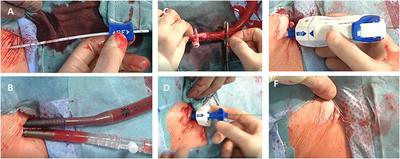EDITORIAL
Published on 05 May 2022
Editorial: Transcatheter Aortic Valve Implantation: All Transfemoral? Update on Vascular Acccess and Closure
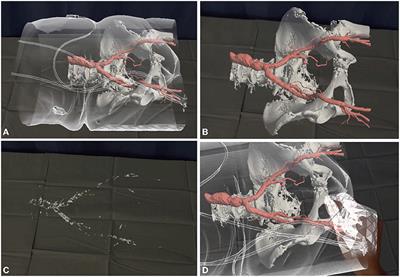
doi 10.3389/fcvm.2022.907445
- 1,637 views
- 1 citation
6,704
Total downloads
26k
Total views and downloads
EDITORIAL
Published on 05 May 2022

MINI REVIEW
Published on 04 Mar 2022
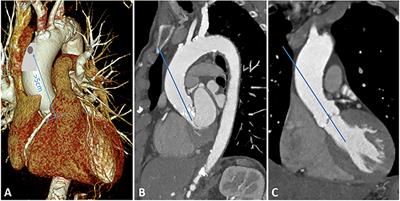
ORIGINAL RESEARCH
Published on 21 Jan 2022

ORIGINAL RESEARCH
Published on 15 Nov 2021
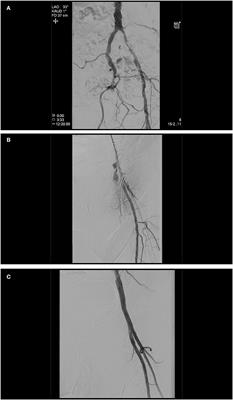
CASE REPORT
Published on 20 Oct 2021
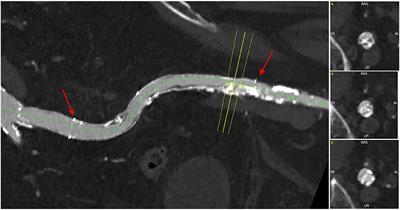
REVIEW
Published on 29 Sep 2021
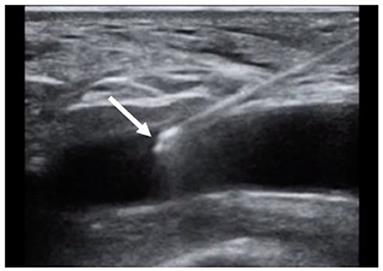
ORIGINAL RESEARCH
Published on 22 Sep 2021
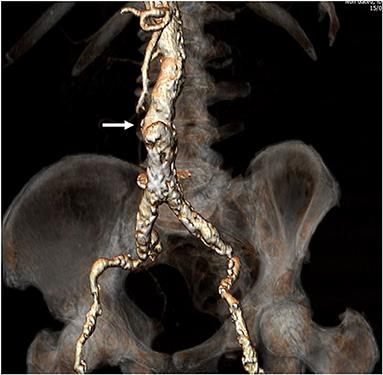
ORIGINAL RESEARCH
Published on 22 Sep 2021
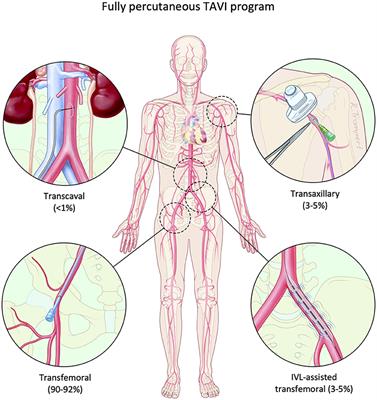
ORIGINAL RESEARCH
Published on 21 Jul 2021
